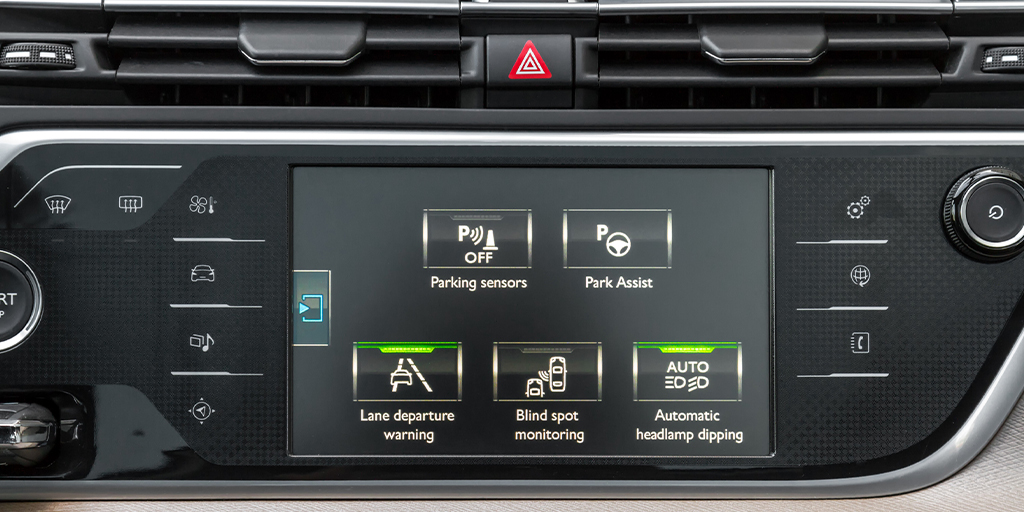The term “Electric Vehicle” (EV) has traditionally been used to encompass all types of electric vehicles, including hybrid and battery-powered vehicles. At its most basic, each incorporates an electric motor; however, while a battery electric vehicle (BEV) relies exclusively on electricity for power, a hybrid vehicle also has a traditional internal combustion engine.
Unfortunately, to complicate things, there are different types of hybrid vehicles. So here is a high-level summary of the differences.
Hybrid Electric Vehicle (HEV)
Hybrid electric vehicles (HEVs) are powered by an electric motor and either a petrol or diesel internal combustion engine (ICE). HEVs are self-charging and do not require plugging in. They can operate in fully electric mode; however, since the battery is considerably smaller than that of a plug-in hybrid electric vehicle (PHEV) or a battery electric vehicle (BEV), it can only maintain this mode for short distances before relying solely on the ICE engine.
Plug-in Hybrid Vehicle PHEV)
Like the HEV, a plug-in hybrid (PHEV) combines an electric motor with either a petrol or diesel internal combustion engine (ICE). The differences between a HEV and a PHEV are twofold: PHEVs typically have a larger battery, and, as its name suggests, that battery must be plugged in to charge. Charging can take place at home or at public charging points; a modest level of charge can also be achieved through regenerative braking.
With its typically larger battery than a HEV, a PHEV can run for longer on electricity before switching to the ICE engine once the charge is depleted.
Mild Hybrid Vehicle (MHEV)
Mild hybrids (MHEV) combine a small electric motor and battery with a conventional ICE engine, but they cannot run on electricity alone.
The MHEV system cannot be charged externally, working in tandem with the ICE engine to provide a boost in performance and economy.
Battery Electric Vehicle (BEV)
A BEV, being fully battery-powered, requires charging at home or through the public charging network. The range capability of today’s BEVs is increasingly impressive, with most new models achieving between 200 and 350 miles before needing to be plugged in.
Most BEV owners have a home charger, which can help make BEVs very economical to drive and even for what will be an occasional long distance drive for most people, there are around 70,000 charging connectors at 35,800 locations (October 2024) in the UK, so charging on the move needn’t be an issue.









